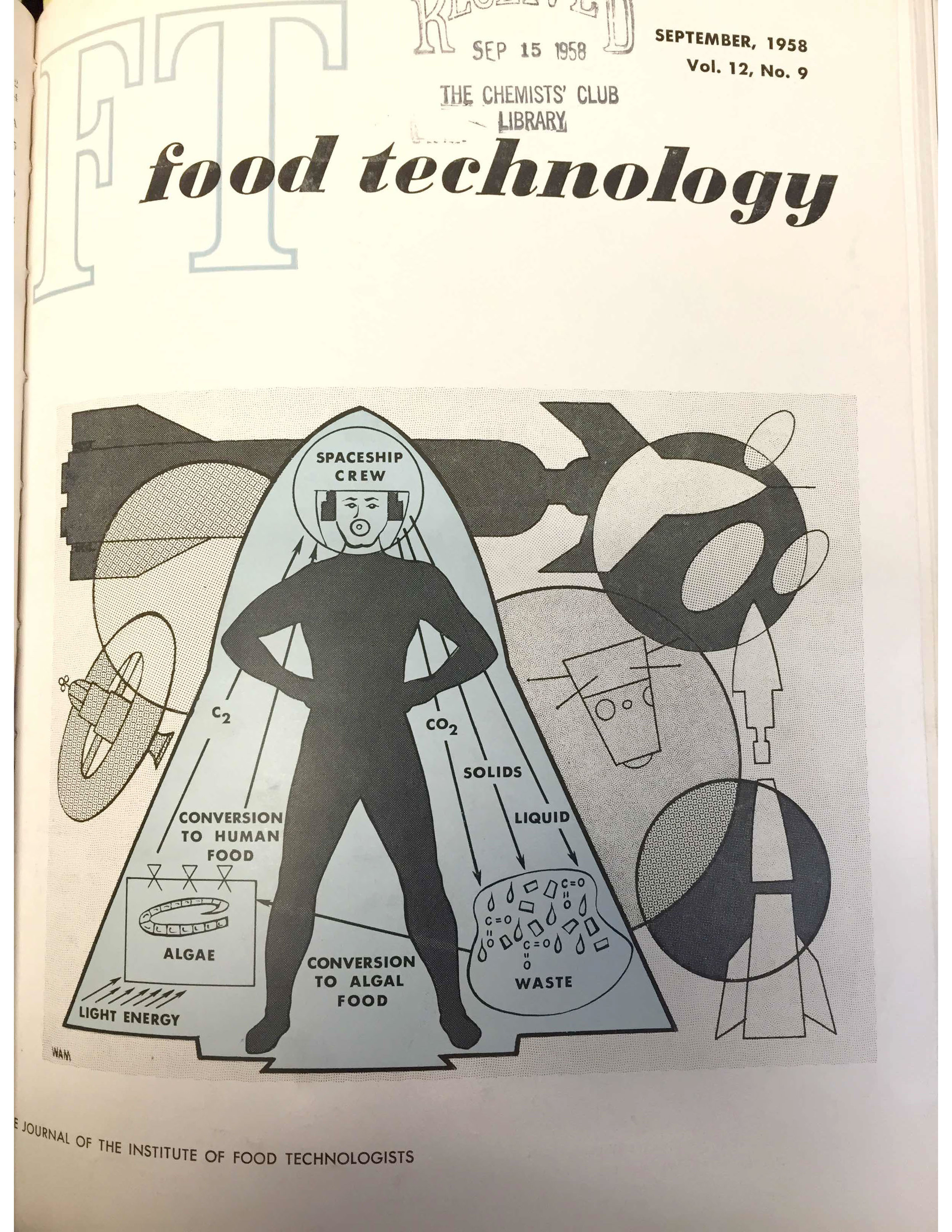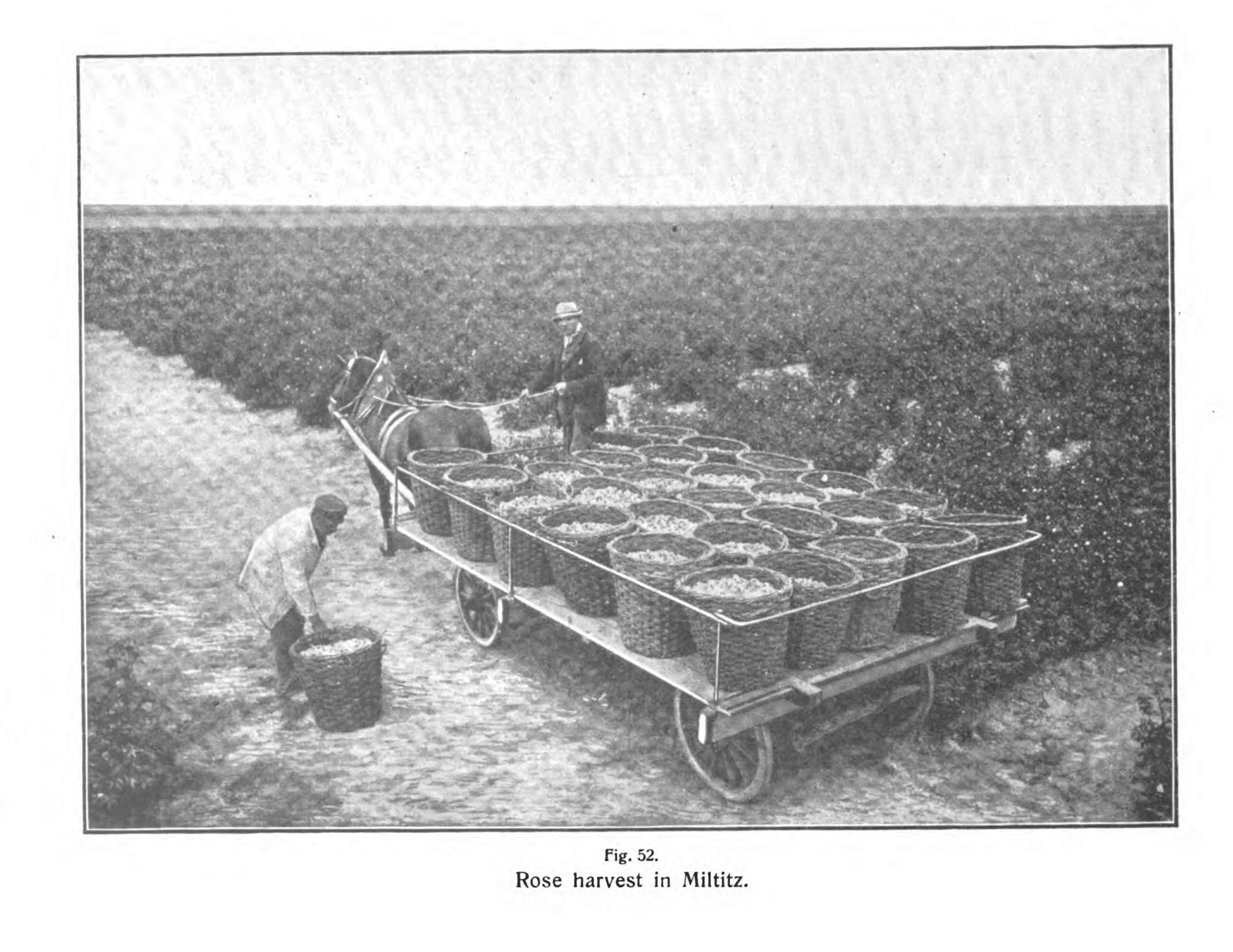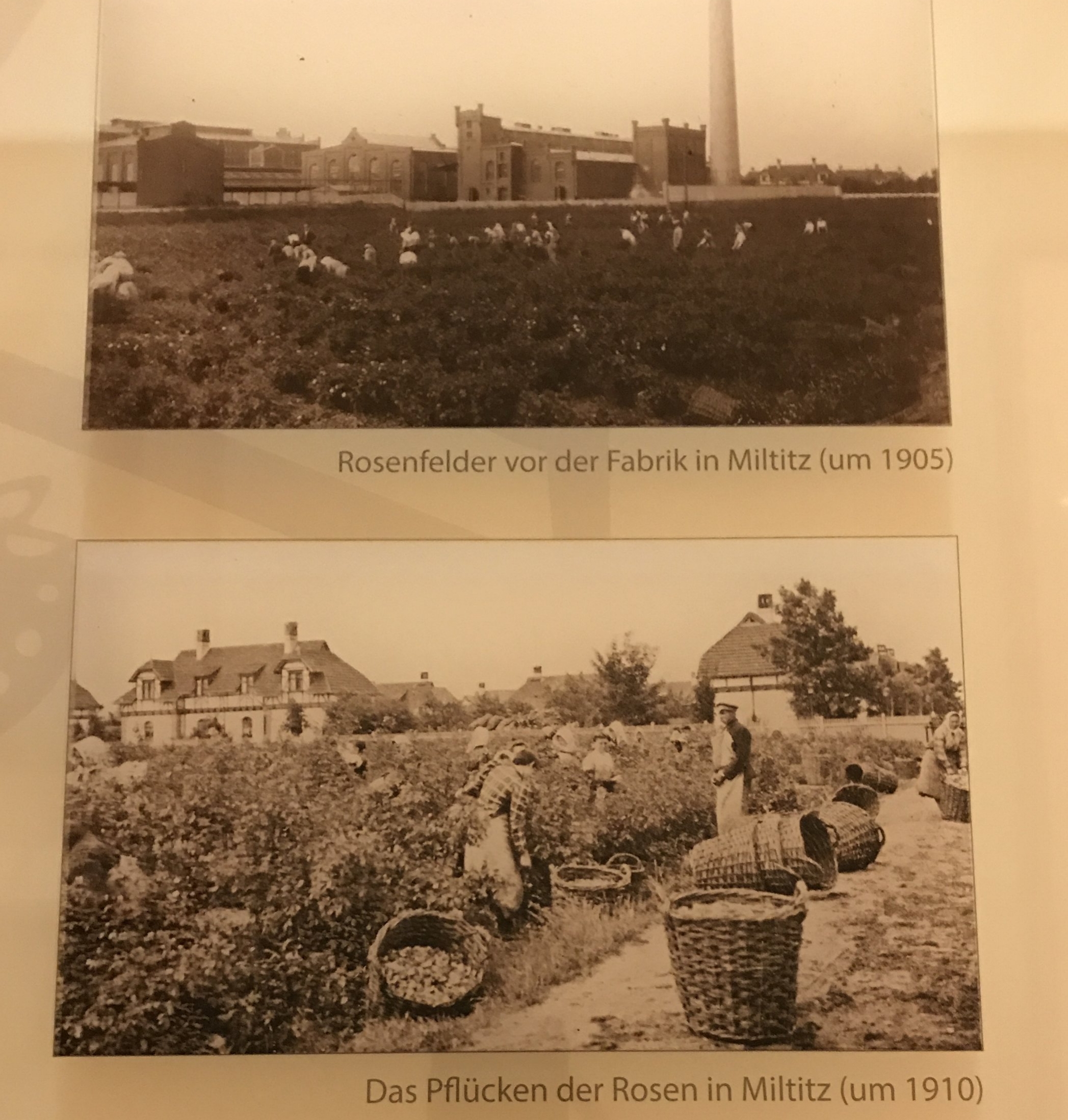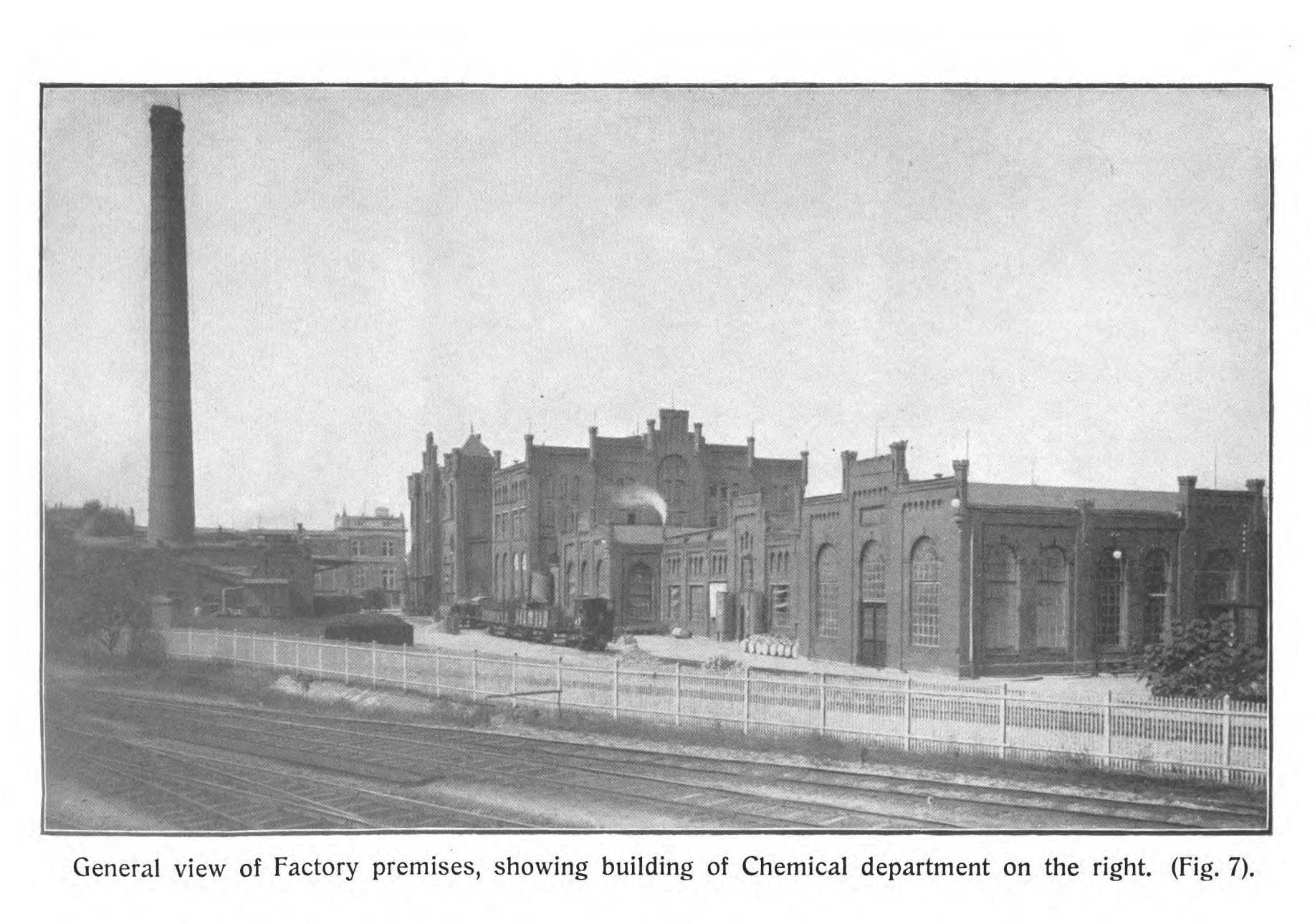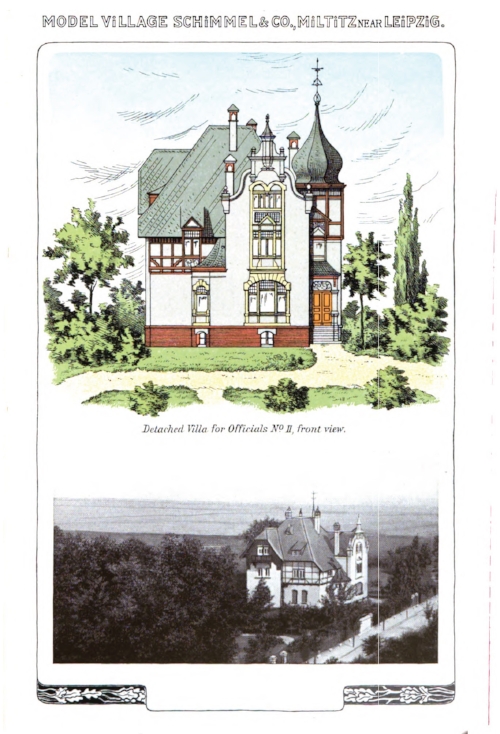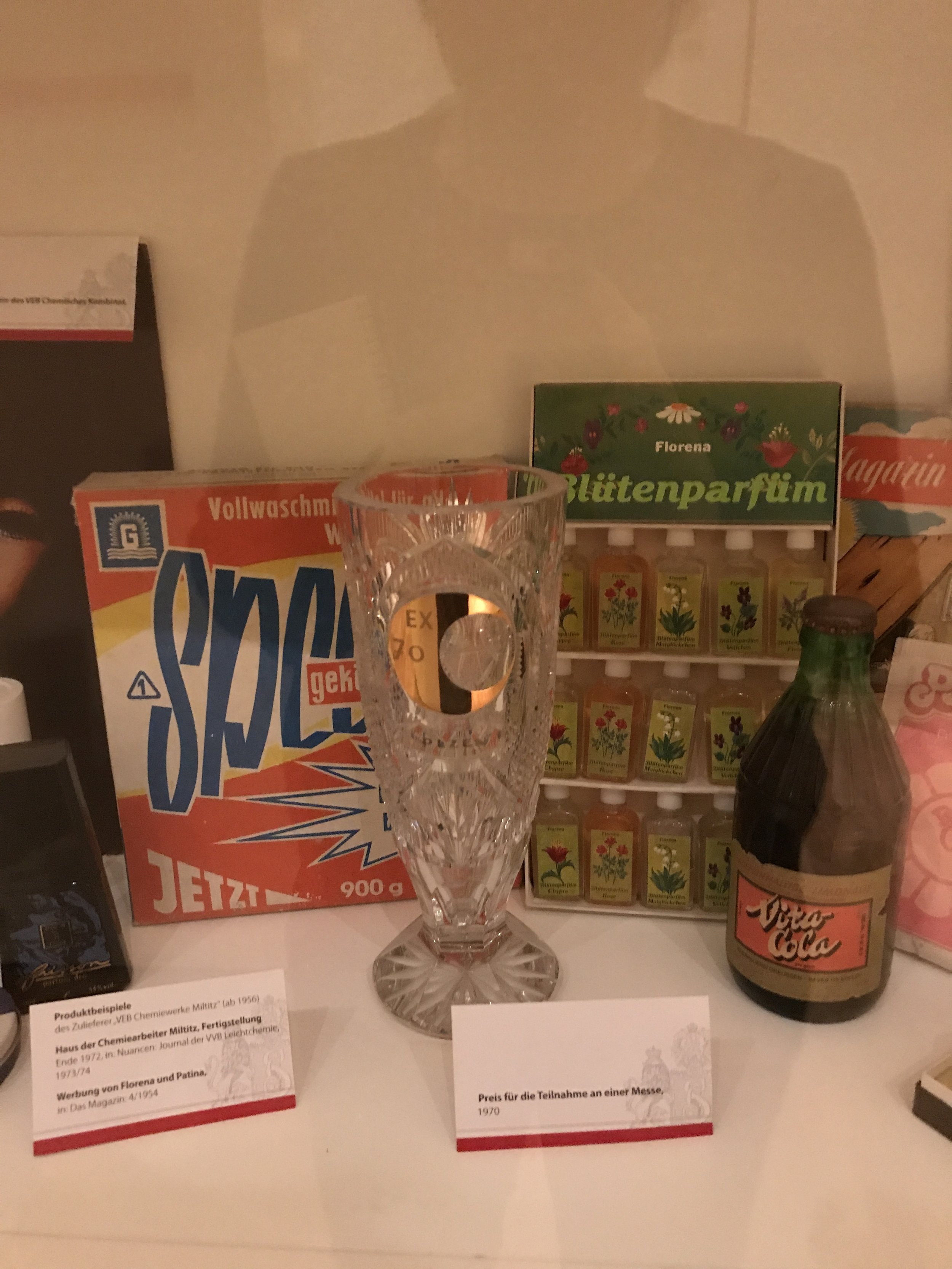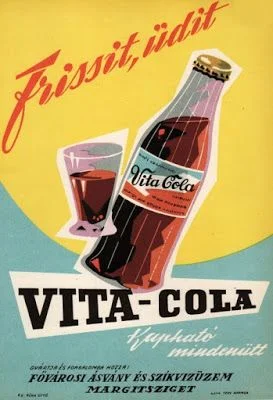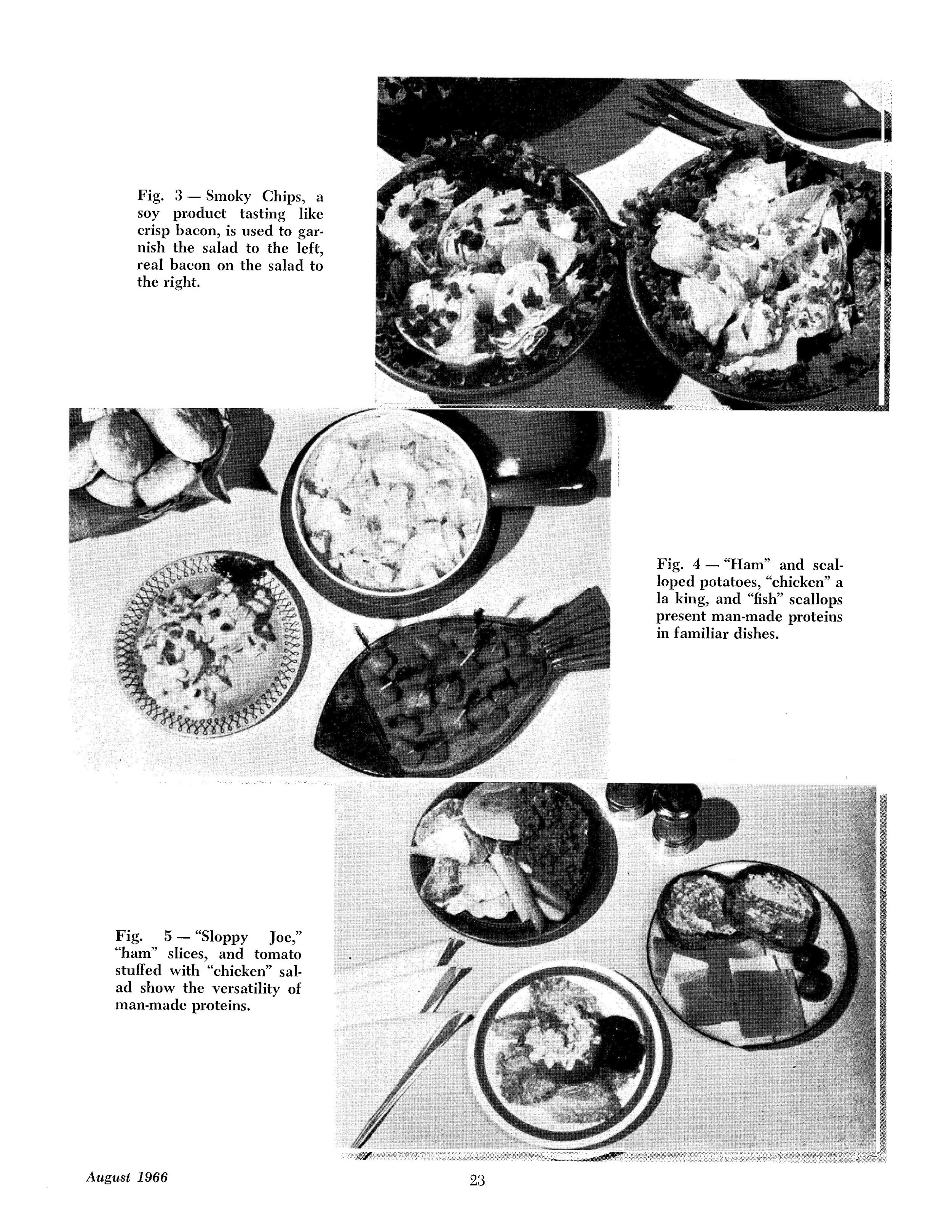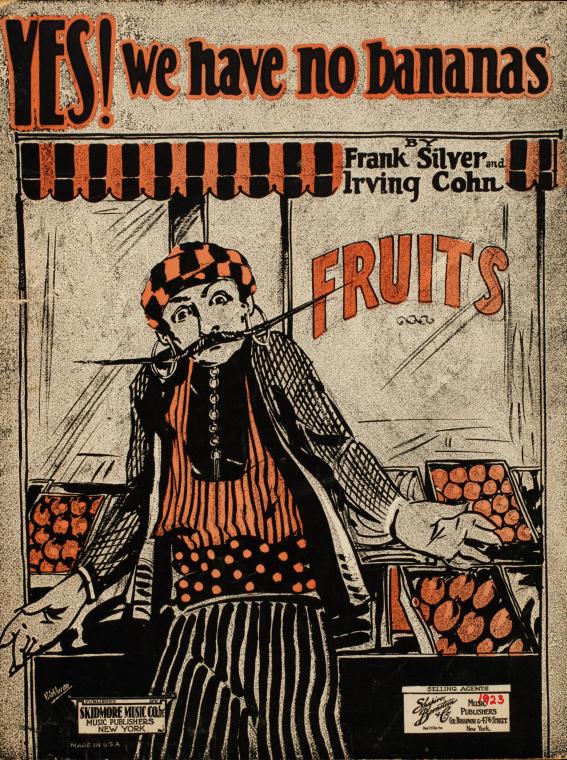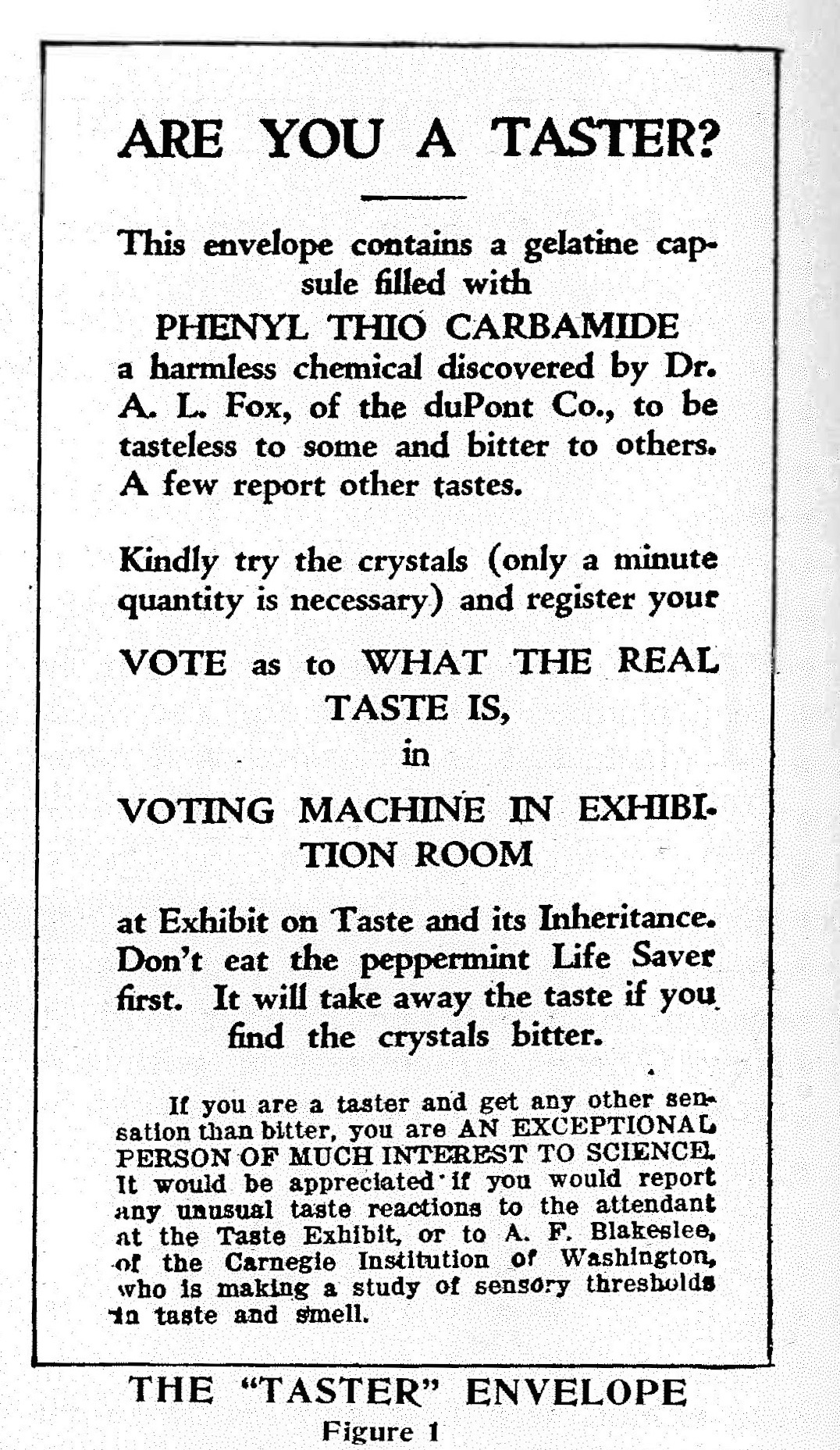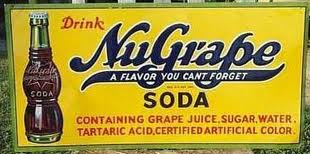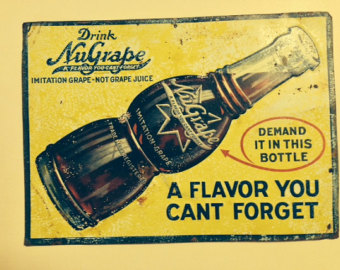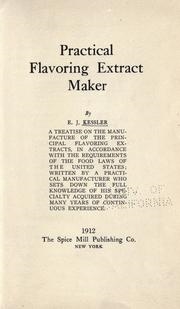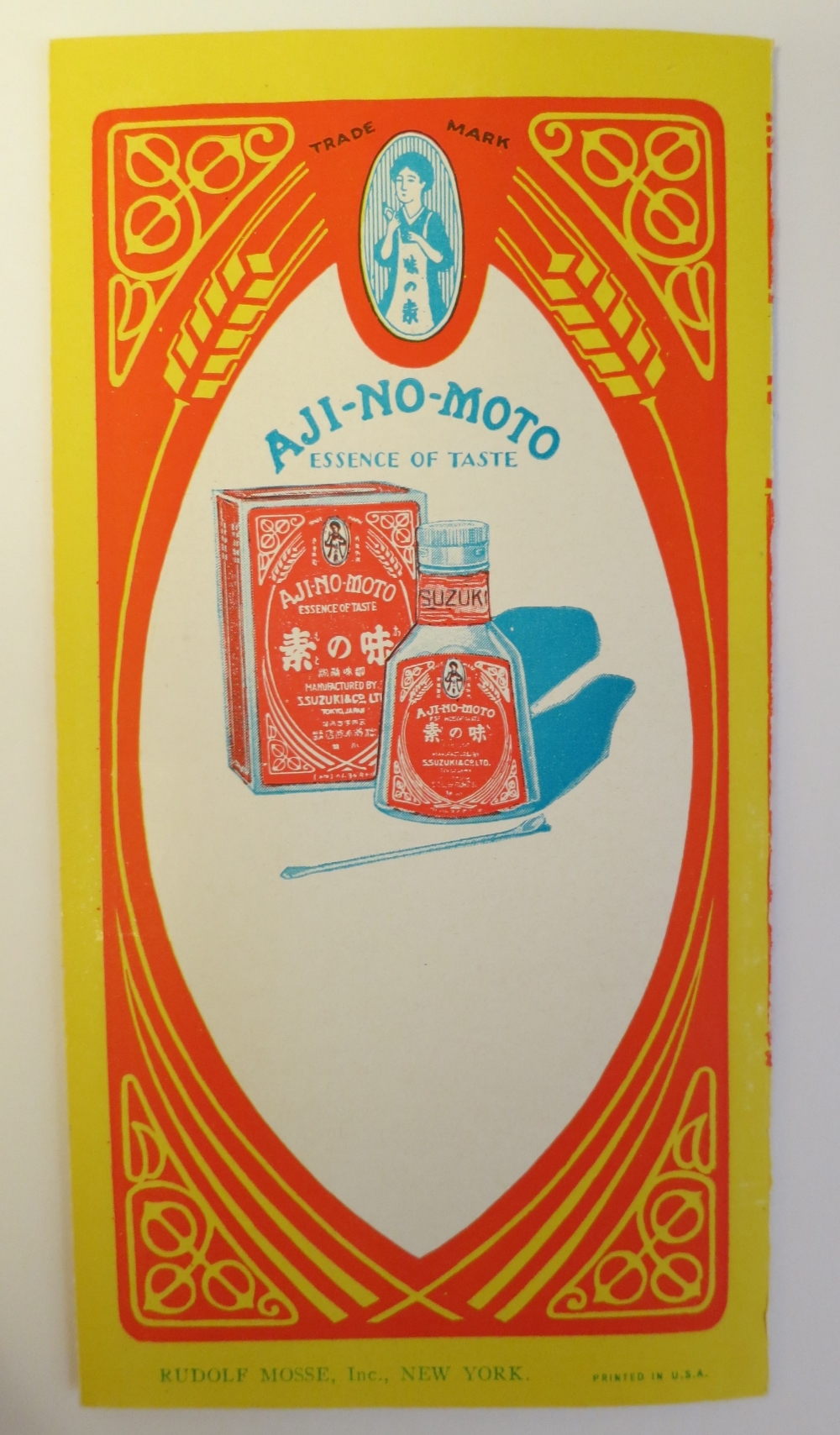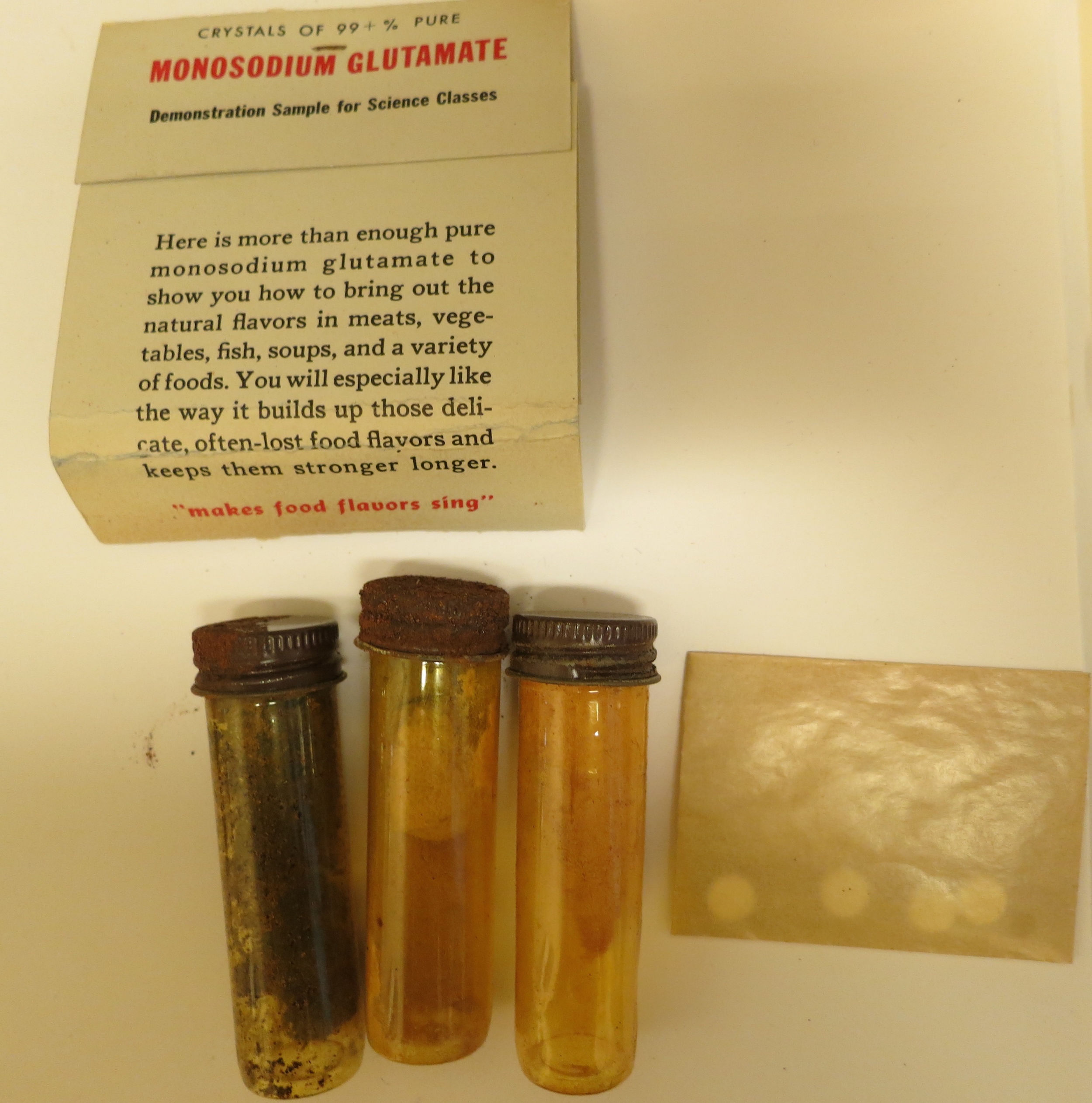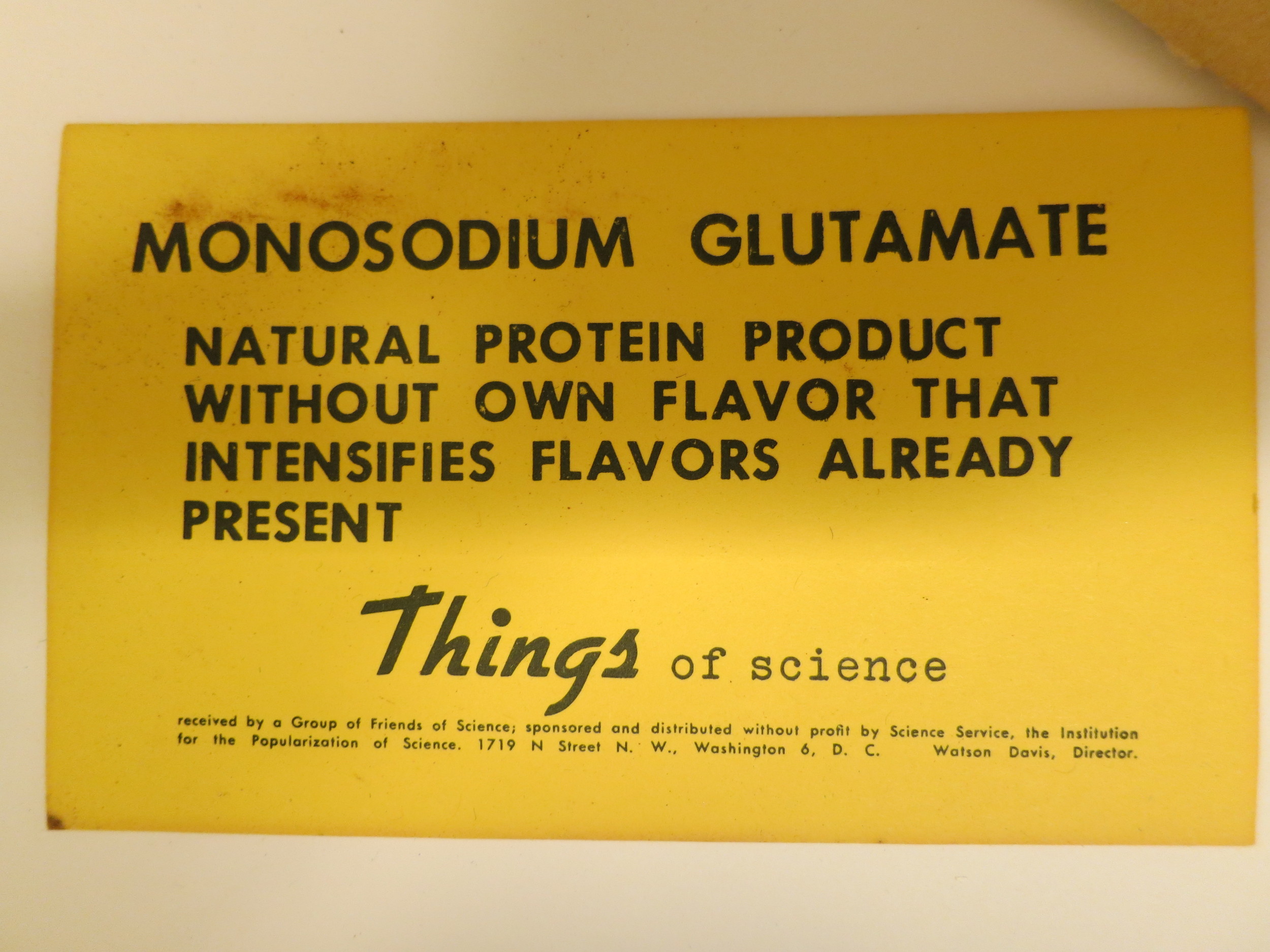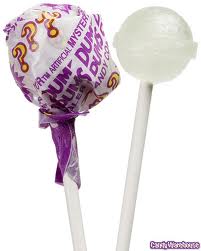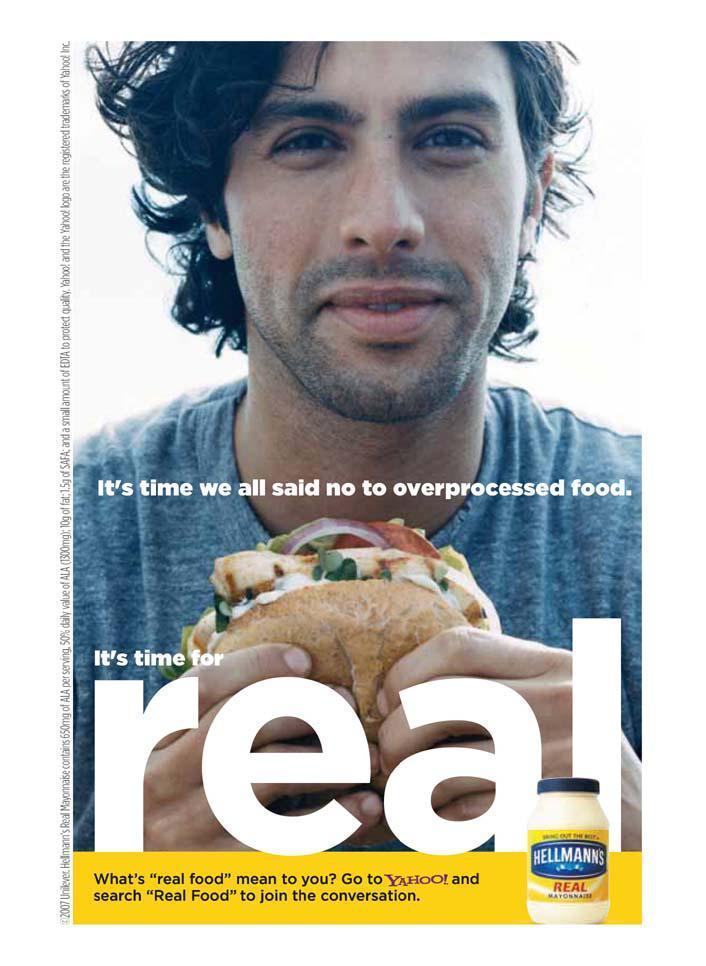In the late 1940s and early 1950s, sky-watchers in the general vicinity of Alamogordo, New Mexico, may have glimpsed a twinkling in the blue. That twinkling was a menagerie.
Albert, rest in power.
Scientists at the nearby Holloman Aeromedical Field Laboratory were busy blasting all forms of life into the ether. In 1946, they launched lucite cylinders of fungal spores into the upper reaches of the atmosphere, never to be found again. The following year, a container of fruit flies was shot 106 miles up and then parachuted down. “The flies were recovered alive and in apparent good health,” according to a military report. In 1948, a sedated Rhesus monkey named Albert was loaded into the nose-cone of a V2 rocket and fired into the sky. He died before the rocket even left the ground. A second monkey, Albert II, made the trip in 1949. Although he perished upon landing, machines recorded his heart continuing to beat, and his lungs to take in air, eighty-three miles above the surface of the earth. With the development of the Aerobee high-altitude research rocket, by 1951, researchers were sending “arkful[s] of animals” beyond the blue sky: monkeys strapped with biometric devices, mice running laps in a rotating drum, photographed at intervals to measure their responses to subgravity.
Strange things happened in the New Mexico desert, maybe always. That strangeness began to take on a new aspect in the 1940s, as government and military research settlements sprung up in the landscape, and Trinity’s world-annihilating light mushroomed eight miles high above the Jornada Del Muerto Desert. After the war, the White Sands Proving Ground became the center of V2 rocket research, and the nearby Holloman Aeromedical Field Laboratory, and the associated Wright-Patterson Air Force Base Aero-Medical Laboratory (all the way in Dayton, Ohio) began work on what would eventually become Project Mercury, the first U.S. space program.
These planners and engineers recognized that rocket science was only part of the equation. There was also what they were calling space biology: managing the consequences of extraterrestrial exposure upon earthy existence. And so these fungal, insect, and animal “volunteers” were launched into the sky, to record the traces left on life when it scraped up against the void. There was some evidence of damage; after a trip above the atmosphere, black mice turned salt-and-pepper, their fur streaked with white where cosmic particles struck. Fungal spores and cultured human skin cells also showed genetic abnormalities. Otherwise, these voyagers returned “apparently unharmed.” With the right systems in place, these experiments seemed to prove, life could persist outside the earth’s boundaries.
But the exploration and conquest of space by humans would require more than merely surviving, as a monkey or a mouse might. Once you got up there, there you had to be — bored or busy or terrified, enclosed in a spacecraft with other mettlesome humans, or solitary and battered by cosmic rays. And what would you have for lunch?
* * *
The man-algae poop-food cycle, as depicted on the cover of Food Technology, September 1958 (also known as international geophysical year).
Food – eating – connects us to life on this planet. When we eat, we join our metabolisms to the continual project of transforming matter and energy into new forms, cellular chemistry working on edible substance to make things happen.
In space, sundered from terrestrial cycles, every aspect of metabolism (ie, life itself) becomes a problem. We must breathe — but from where? Oxygen must be part of the cargo. As for food — sit down and calculate how much you’d have to carry with you as a space tourist. (A 1960 Air Force study tallied it: 5 pounds a day per person, or 1 ton a year.) If all goes well, then there’s crap to deal with.
Given all this, you might think: reduce everything to its essences. Space is the place for food in its most basic form. Maybe: Nutrient pellets, titrated to meet, precisely, the body’s needs, to sustain bare life and function. Or regenerative algae-based food systems, where our shit makes the algae bloom that we then eat for supper, rinse and repeat.
From the very outset, researchers plotting humankind’s future beyond earth’s orbit also recognized that eating had purposes other than sustaining metabolic life. These planners regarded food as a necessary tool for maintaining the emotional and psychological aspects of existence, the integrity of the mission, and the social relations that bound the space traveler to home.
* * *
Lieutenant Colonel David Simons was the first human to dine in space-equivalent conditions — just over 100,000 feet up, still bound by gravity, but above 99 percent of the earth’s atmosphere. Simons, a medical officer, had been one of the architects of the experiments that rocketed animals into near-space. He and his team at Holloman and Wright-Patterson developed a scheme to lift a human to the upper limits of the atmosphere using a giant, helium-filled balloon.
They called the project Man High. Its purpose was to get a “realistic idea of both the physical and psychological problems of space flight,” Simons wrote in his memoir.
“Ours were not questions of rocket thrusts or pay-load weights or a competitive race with Russia to lift ever heavier objects above the earth. They were questions about man, his mind and his body, fundamentally as old as the first questions of the first man who discovered that he was unique among the animals… because he had learned to contemplate himself and ask, Why?
To get answers, even to be able to postulate many of the questions, someone had to experience the unknowns where they existed, and return to describe them.”
Man High selfie. Simons on the cover of Life magazine, September 2, 1957.
That first someone was Simons, who, as a child in Lancaster, Pennsylvania, had fantasized about talking to Martians over ham radio. A medical doctor and skilled technician, he was handsome, with thinning hair and an open, ingenuous expression. In his excellent memoir (written with Don A. Schanche), he comes across as both earthy and awestruck, sharing his frustrations with the project’s political and technical setbacks, as well as his sense of wonder at its significance for humanity’s destiny.
He would be sealed into a pressurized 36-by-71 inch capsule, which would dangle from a thin silver bag made of polyethylene that would gradually rise as the helium within expanded. “The polyethylene balloon is nothing but a rather profoundly engineered vegetable bag,” one of the scientists working on the project remarked. The technology had been developed at General Mills – yes, the food company -- as part of a wartime contract, and was being carried forward by one of its former engineers, Otto Winzen, at his private company, Winzen Research, outside of Minneapolis.
(The balloons “brought an extra touch of romance to space biology,” according to a military history of the Man High program, “since the plastic surfaces, glistening in the sun, led to frequent confusion with flying saucers.”)
In a 1958 article in Food Technology, part of a symposium on space feeding, Simons meticulously records his food diaries and the way he felt about what he ate.
Eating at 100,000 feet began with eating at home. For three days before a sealed-capsule test run in late July 1957 and before his journey up a month later, Simons followed a special “low-residue diet” – high in protein, low in roughage. (This diet comprised foods “which would be completely absorbed from the gastrointestinal tract, thereby leaving little or no bulk for the formation of feces.”)
In late July 1957, he was sealed into the capsule for more than 30 hours while it remained earthbound. Frustrated by mechanical problems that delayed the start of the test, on July 27, at 1.30pm, he veered from the low-residue diet, and ate “2 cups of machine-vended reconstituted thin potato soup.”
This paltry soup would be his undoing. He blamed it for unleashing everything the low-residue diet had attempted to hold back. Sealed into the uncomfortably hot capsule, sweating in his pressure suit, he was afflicted by “griping diarrhea pains.” Though the pressure suit was fitted with a funnel to collect urine samples – which were to be assayed for stress hormone levels -- it had no accommodations for this kind of emergency.
“Like a man with a gold nugget and a hot penny in his hand,” Simons wrote, “I couldn’t let go of one without dropping the other."
The disastrous test run demonstrated that eating at 100,000 feet not only meant eating prepared rations in the close confinement of a pressure suit within a pressurized chamber. It meant eating under conditions of extreme psychological stress and physiological duress, where digestive troubles could magnify to catastrophe. But if food was the culprit, the irrepressible stressor, it could also be the solution.
The Man High capsule. From Historical Division, Office of Information Services, Air Force Research and Development Command, Holloman Air Force Base, "History of Research in Space Biology and Biodynamics at the Air Force Missile Development Center, Holloman, 1946-1958." Available here.
* * *
Beatrice Finkelstein. Image source.
Beatrice Finkelstein, the research nutritionist and dietitian at Wright AFB Aero Medical Laboratory who designed Simons’ low-residue diet, had a special interest in eating under stress. (Finkelstein would subsequently become the chief of the food technology section, life support systems lab, for Project Mercury.)
In a series of experiments at Wright AFB in the 1950s, Finkelstein confined human subjects within a sensory deprivation chamber in order to examine “the means they employ to defend themselves against the effects of isolation.” The 35 test subjects spent between 6 and 72 hours alone in a pitch-dark, soundproof room. The room had a cot, a chair, a chemical toilet, and a refrigerator. The refrigerator held little Tupperware-style containers of food, lids marked with tactile symbols, which indicated their contents. Subjects could palpate the lids in the dark, and select the substance of their meals.
Coding system for food containers in isolation study. From Beatrice Finkelstein, "Feeding Crews in Air Vehicles of the Future," Food Technology (September 1958).
“The significance of food during these trials has varied,” Finkelstein wrote. “Some subjects have spent excessing amounts of time eating, nibbling or counting food; others have become angry at the food or overly fond of it.” While some snacked continually, others stuck to a routine of three or four meals a day. Brownies, ordinarily a favorite, lost savor; in contrast, canned orange juice, which usually rated low, was enjoyed. All meat tasted the same.
“Evidence is strong that food is used as a tool to obtain personal satisfactions,” Finkelstein concluded. For those alone and in the dark — conditions meant to mimic the stress and isolation of high-altitude spy flights, or voyages into space -- food was one of the only available consolations.
* * *
Simons’ launch was scheduled for the morning of August 19, 1957. Photographic plates were strapped to his chest and arms, to record particles of cosmic radiation striking his body. Tattoos marked where the corners of the plates rested on his skin, permanent place-holders so that the long-term effects of space rays on his body could be studied.
He followed Finkelstein’s low-residue diet for days, not cheating this time, feeding on “cold, burned cheeseburger,” chicken liver paste, aluminum hydroxide tablets, and seconal.
As he entered the capsule on the evening of August 18, one of the technicians handed him “a paper box which smelled slightly of the oils of a short-order kitchen.” In this box were:
a. two units of the standard Air Force in-flight feeding no. 8 rations (IF-8)
b. four small cans of assorted fruit juices
c. four sandwiches
d. six candy bars
e. one can of nuts
f. two and one-half quarts of water
Also included were amphetamines, aspirin, and salt tablets. These provisions were tucked into crannies within the cramped capsule.
Simons was sealed in at 10:45pm, and the capsule was forklifted into the back of a truck that would take him from Minneapolis to the launch site: the open pit of an iron mine (“like a Dantean vision of hell,” Simons later recalled) in the Cuyana range near Crosby, Minnesota. “About 15 minutes later, I decided that since the four sandwiches had no refrigeration and would last only 12 hours at most, I might as well eat one.” So he did. He finished his second sandwich just after midnight. At 4:30 in the morning, shaken awake when the convoy arrived at the mine, he ate the third sandwich. Mechanical problems delayed the scheduled 8am launch. Locked in his capsule, Simons ate his final sandwich. It was bacon and tomato.
Man High capsule preparing for launch. Image Source: Stratocat.
The capsule began to rise at 9:22am. A little more than two hours later, Simons had reached peak altitude: just north of 100,000 feet. Bobbing “like a basketball being dribbled in slow motion” above 99 percent of the atmosphere, he could gaze four hundred miles in all directions, surveying half a million square miles of the planet’s surface. Along the just-discernible curve of the earth, he watched the blue of the earth’s atmosphere hazing into the void of space.
Simons wrote in his memoir:
With a finely calculated color chart I tried to match the colors of the atmosphere as seen from its outer rim. The color samples... included every perceived shade of color man can reproduce in pigment. But not one of them could match the strange blue-purple color my eyes beheld now at the atmosphere’s outer edge.
Where the atmosphere merged with the colorless blackness of space, the sky was so heavily saturated with this blue-purple color that it was inescapable, yet its intensity was so low that it was hard to comprehend, like a musical note which is beautifully vibrant but so high that it lies almost beyond the ear’s ability to hear, leaving you certain of its brilliance but unsure whether you actually heard it or dreamed of its beauty.
At 2pm, Simons is reminded by command via radio that he has not eaten. (“I was still not hungry. But it was obvious from my sluggishness that I needed a source of energy.”) He reached for a candy bar, “the most convenient and tasty thing.” He ate two more candy bars just after 7pm. “I didn’t care to go through the tricky procedure of extricating fruit juice or conduct the ceremony of eating an IF-8,” he wrote.
After sunset, things start to go haywire. Systems begin misfiring. The temperature within the capsule dropped to near-freezing. The balloon began losing altitude in the dark, the capsule skimming the top of a turbulent thunderstorm.
“As the capsule slowly gained altitude following sunrise,” Simons records, “I had a renewed sense of security and thoroughly enjoyed a complete IF-8 meal. It consisted of ham and eggs, sliced peaches, and a nut roll.”
At noon, Simons initiates his descent. But the balloon doesn’t seem to be responding properly. The oxygen level is dropping, and carbon dioxide concentrations are increasing; his thoughts thicken and speech slurs; the air regeneration system seems to be on the fritz. There is no more water. Everything is going wrong. “During this period,” Simons wrote, “I dug out the can of nuts and nibbled on them while the balloon descended for landing.”
He reached solid ground safely just after 5:30pm, crash-landing in a farmer’s flax field in South Dakota. A farmer and his young son run towards him, followed by an old plough horse. Winzen and his Air Force colleagues follow in a helicopter.
In his memoir, Simons recounts the somewhat bathetic scene concluding his journey:
“’Look!’ cried the boy, excitedly. ‘There’s a helicopter. I always wanted to see one of them.’
The space capsule which had just returned from thirty-two hours and three minutes at the ceiling of the world lay unnoticed at his feet.”
* * *
One aspect of space food development involved designing how the food would taste -- work in what been called, since the Second World War, Food Acceptability. Military leaders came to realize during that war, that it wasn’t enough for food to be nutritionally adequate, it had to taste good enough for soldiers to consent to eat it. In order to develop tasty space rations, space biologists would go on to study the differences in taste perception under the conditions of space or high-altitude flight – how low- or no-gravity affected taste perception, digestion, and eating habits.
But as the Man High project shows, space planners were attending not only to questions of nutritional adequacy and food acceptability, but also to the emotional and psychological work that food performed.
In his article in Food Technology, Simons observed that food played three distinct roles during his 32 hours above the sky. During the first day of flight, he was constantly occupied with operating the balloon, taking measurements, and recording observations — and dazzled by the new vistas unspooling before his eyes. Eating was reduced to a bare maintenance function, fueling the body and brain for the tasks at hand.
But after a harrowing night tumbling towards a thunderstorm, Simons needed a different kind of sustenance. He needed the ritual of a meal to break the spell of the prior evening’s miseries. The packaged IF rations “are purposely designed… to be somewhat ‘fussy’ so that eating can become something of a ceremony.” On long airplane flights, for instance, “this is helpful in terms of a change in pace and a relief activity in much the same way that getting dressed for evening dinner provides a break in the daily routine that is restful and relaxing.” Simons breakfasts on his IF-8 ration in the same spirit, shaking off the tensions of the night’s near-misses.
Food also served a third function: “a reward or consolation under stressful circumstances.” The nuts he nibbles as his oxygen and other systems falter were not consumed primarily to fuel muscular or mental activity. They provided succor during a time of mounting despair. “The psychology here would be quite comparable to that of the frustrated, overweight housewife who munches on tidbits of chocolate as a means of consolation,” he wrote. For the frustrated housewife on her sofa, for the spaceman hurtling toward a hard landing in a failing capsule, or for others in apparently hopeless and doomed scenarios, food was a powerful mechanism for self-soothing, bringing the mind and body back on course and in line with the necessary discipline — an indulgence that could, perhaps, make survival tolerable.
* * *
Food choices and eating habits of space travelers were also worth paying attention to because they could serve as “revealing psychological indicators,” Simons wrote, signs that something was amiss. During his time in the capsule, Simons not only records measurements and observations about the planet beneath him and the stars above him. He is also monitoring himself – assessing at regular intervals his state of mind, his level of fatigue, his efficiency, and recording his self-evaluations in a formal data-gathering process.
In part, this was an effort to quantify the effects of extreme stress on his capabilities, but there was something else. Traveling to the edge of space, or beyond, was believed to have the potential to profoundly derange human psychology. This was known as breakaway phenomenon. “We had hints from some high-altitude jet pilots that flying high in the atmosphere led to an inexplicable feeling that they had broken away completely from the bonds of earth,” wrote Simons. This feeling of euphoria could lead to recklessness, insubordination, psychosis, suicide. “Would this breakaway phenomenon affect a man in space? Could it so dangerously distort his judgment that he would no longer care to return?"
Simons experienced something approaching this feeling in Man High. As he disclosed in his official pilot’s report: “It seemed right that I should be going toward space, as if that was where I belonged. In this sense I experienced a separation of emotional ties and interests from the earth below and felt an identification with the void of space above.” And he confessed that he had been terrible at recognizing that his psyche was heading to a dangerous place. "I had been the last to recognize the intellect-sapping influences of fatigue, heat, and the awful isolation of space."
Suspended above the blue of the sky, poised on the threshold of the emptiness of space, a handful of nuts, a candy bar were tethers to earthiness. Food ameliorated perilously high stress levels, smoothed the jagged edges of fear. It kept man and mission intact.
Developing feeding systems to meet the needs of space travelers would require advanced food and packaging technologies, experiments into the operation of the senses at zero gravity, and years of research. But if Man High had any lesson for future planners of space journeys, it may be this: space food may be high-tech, but it also must remain mundane.


